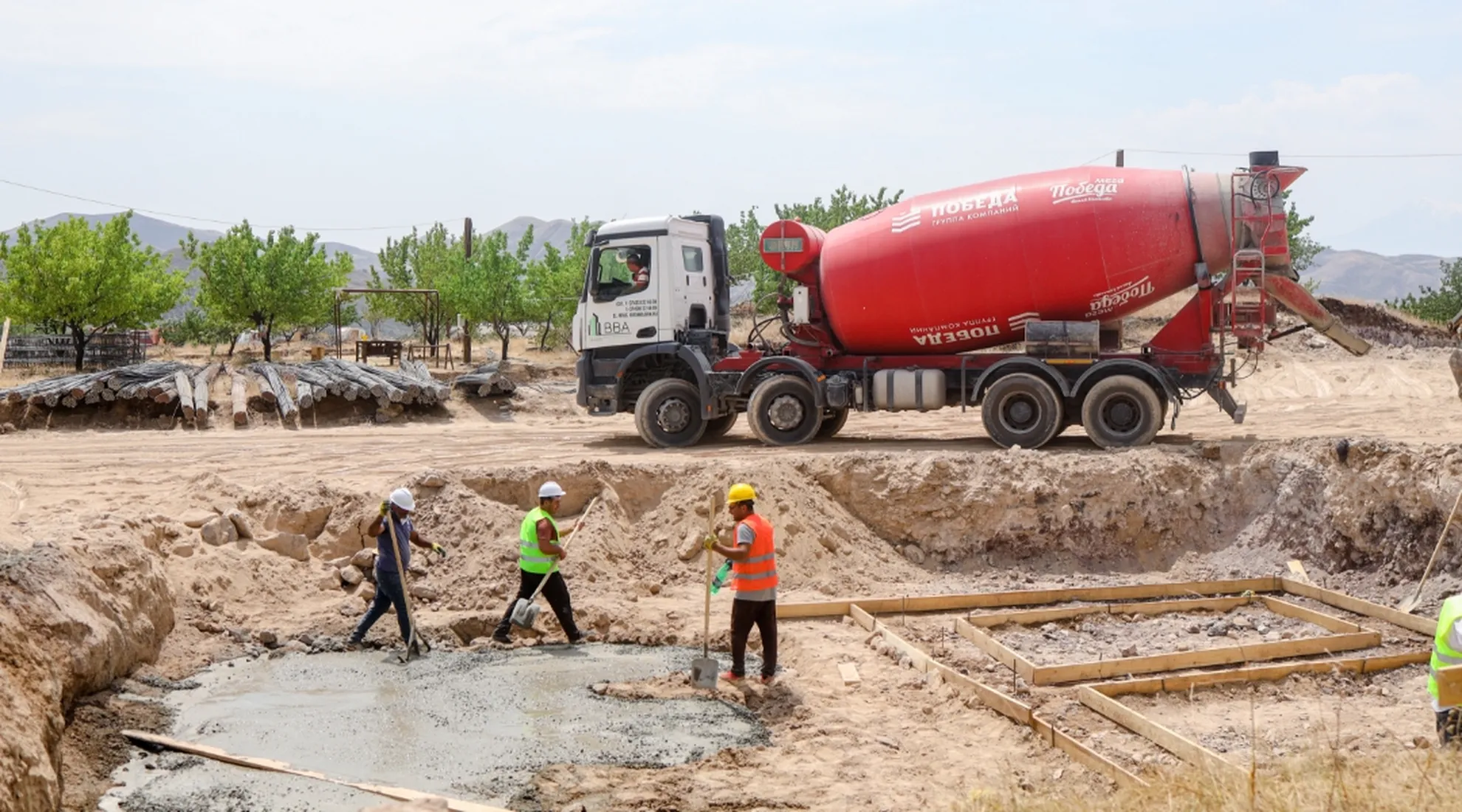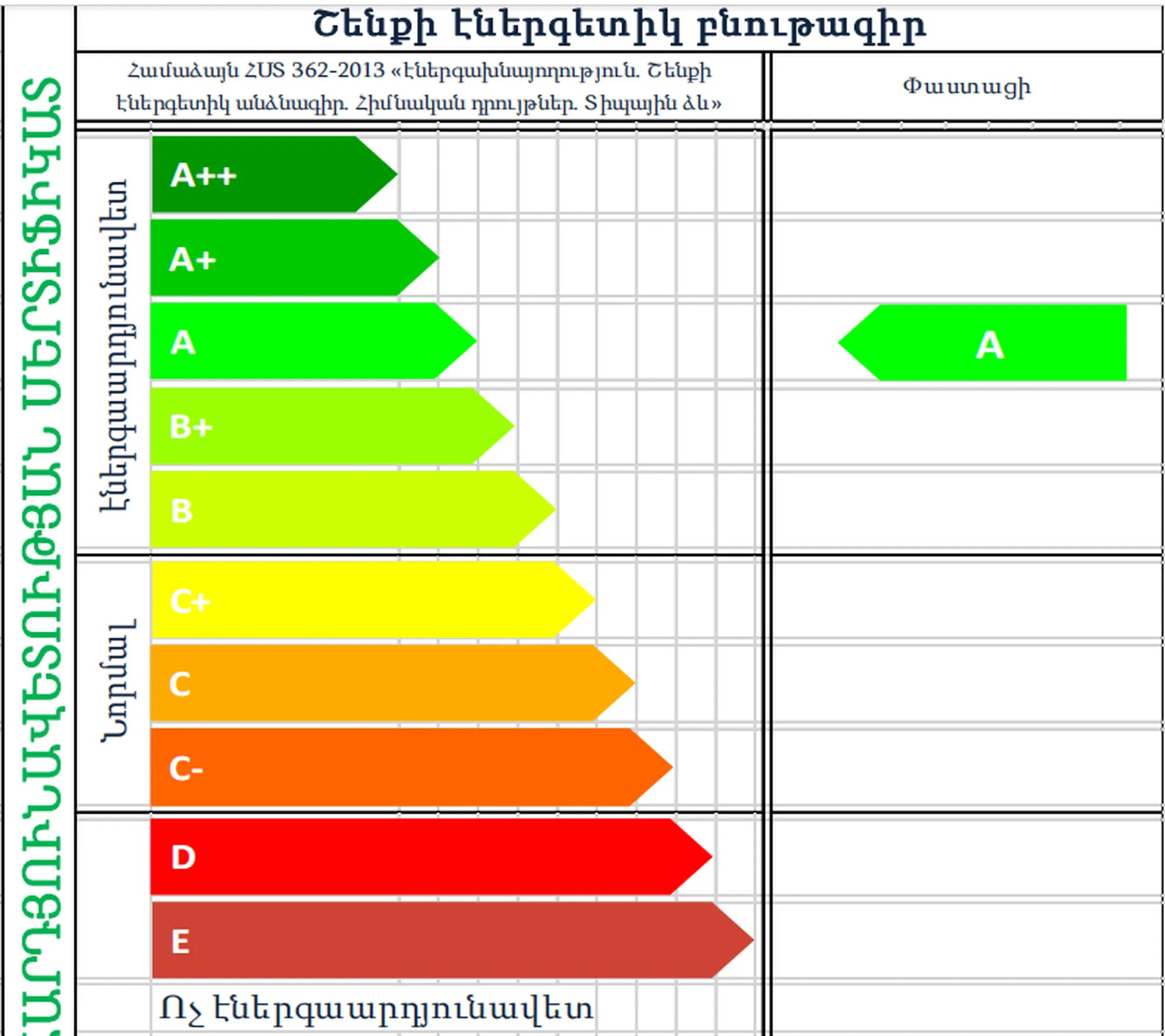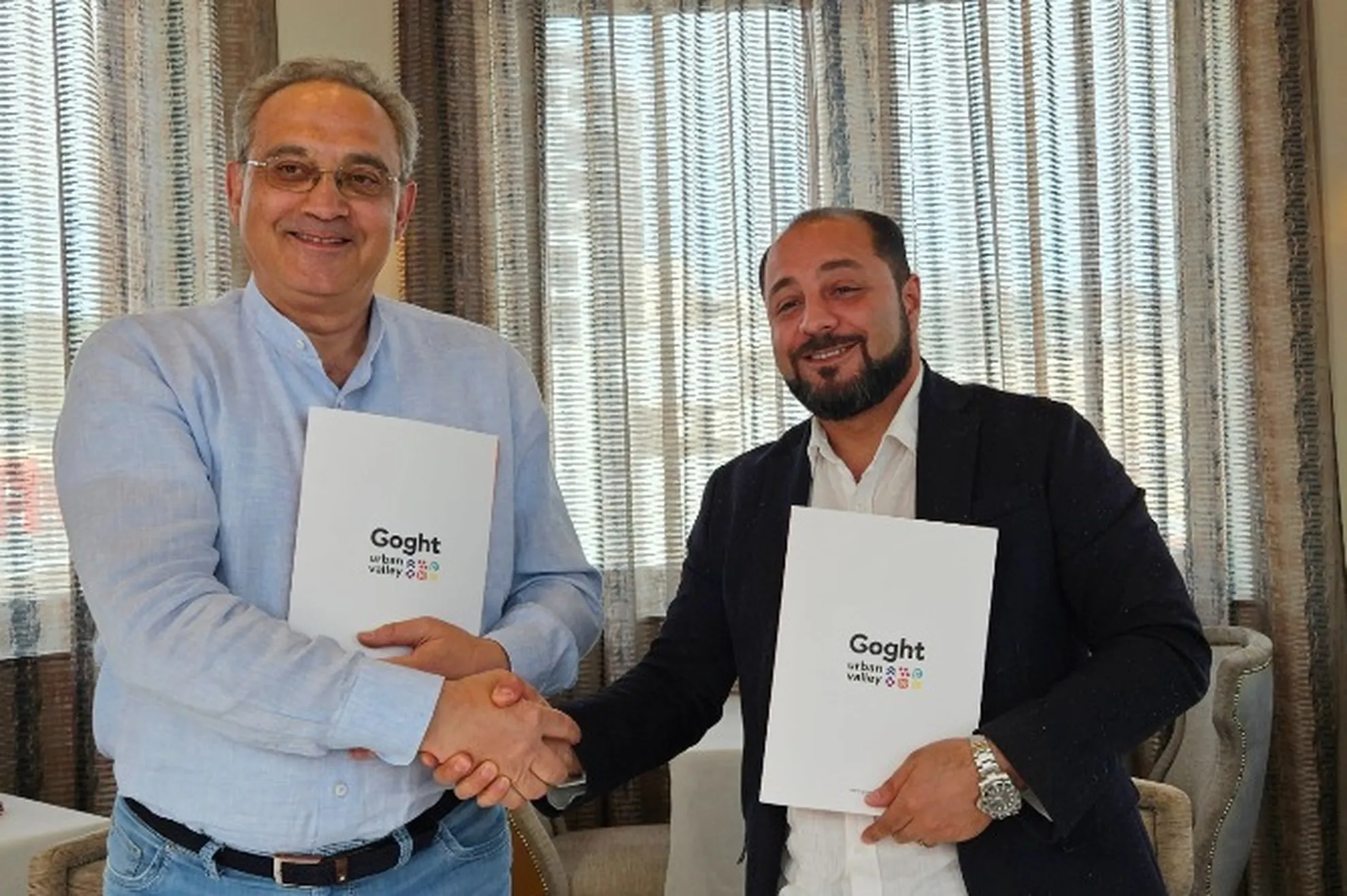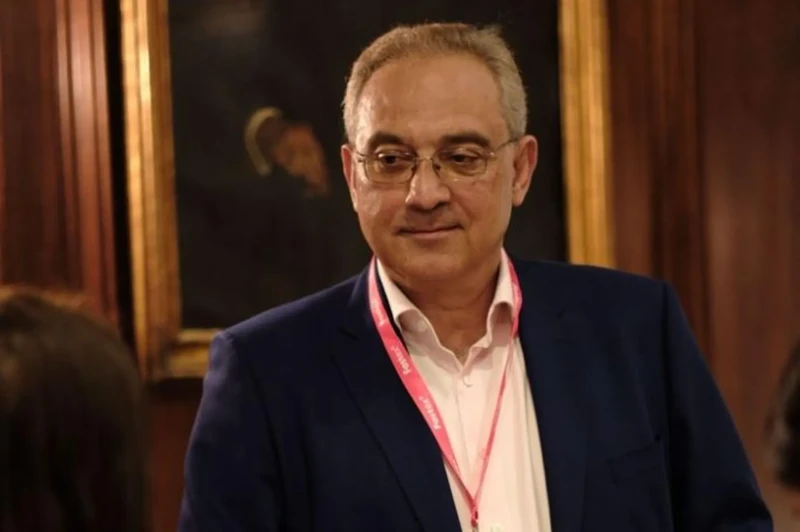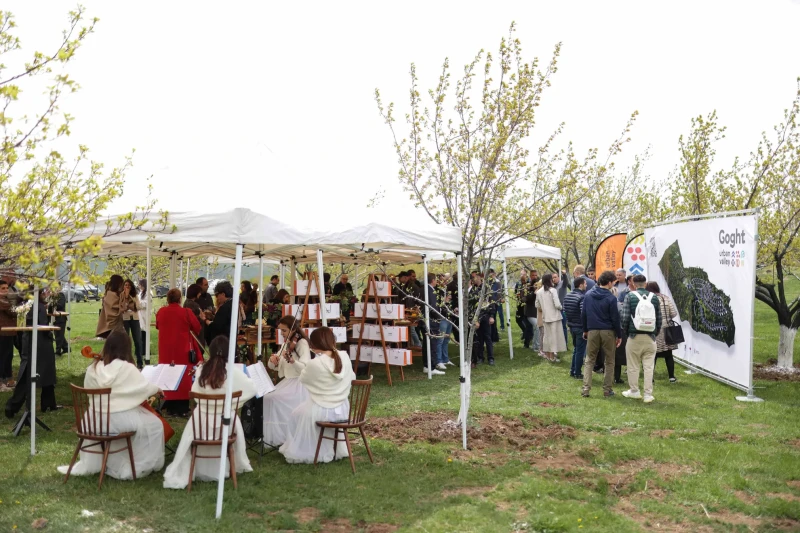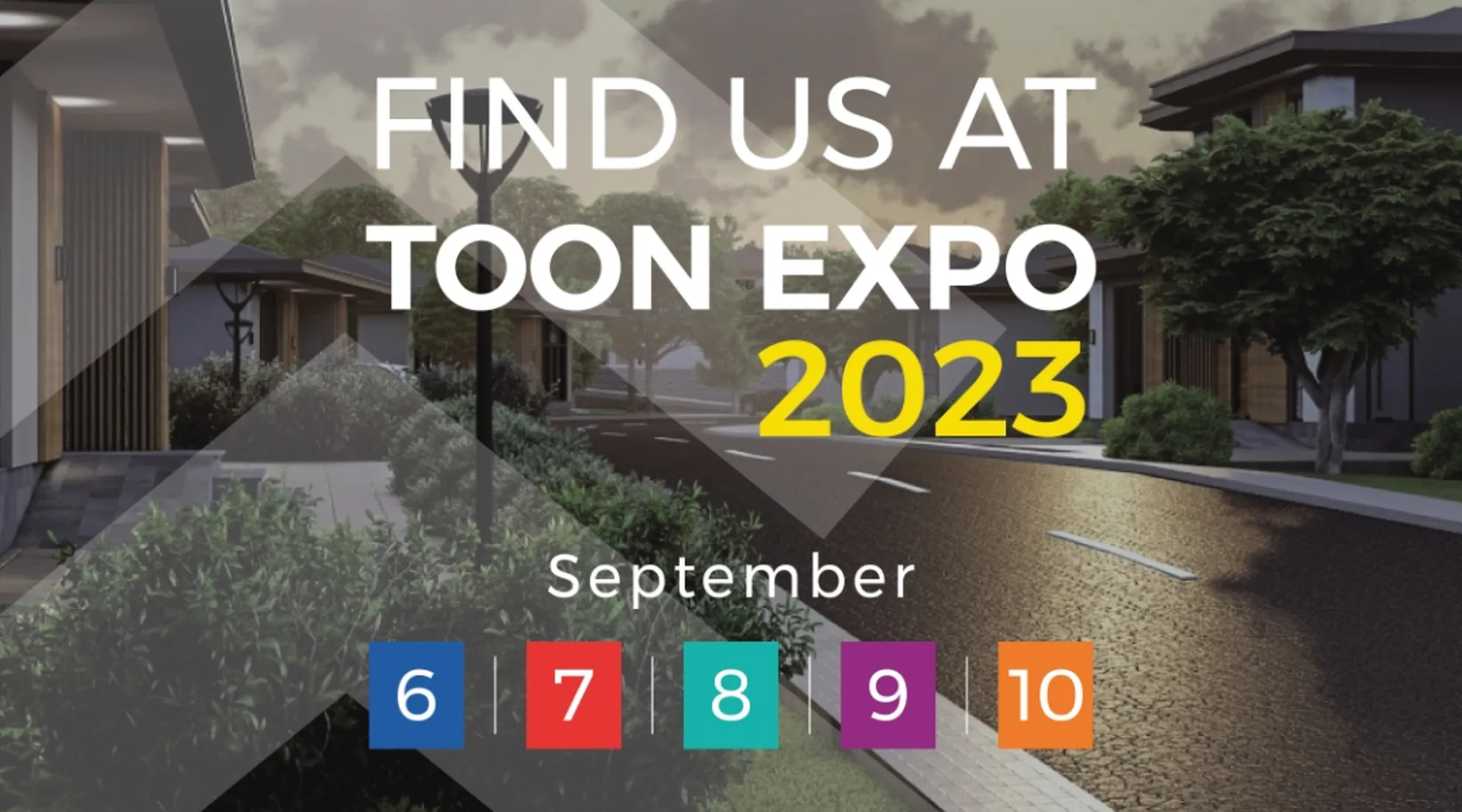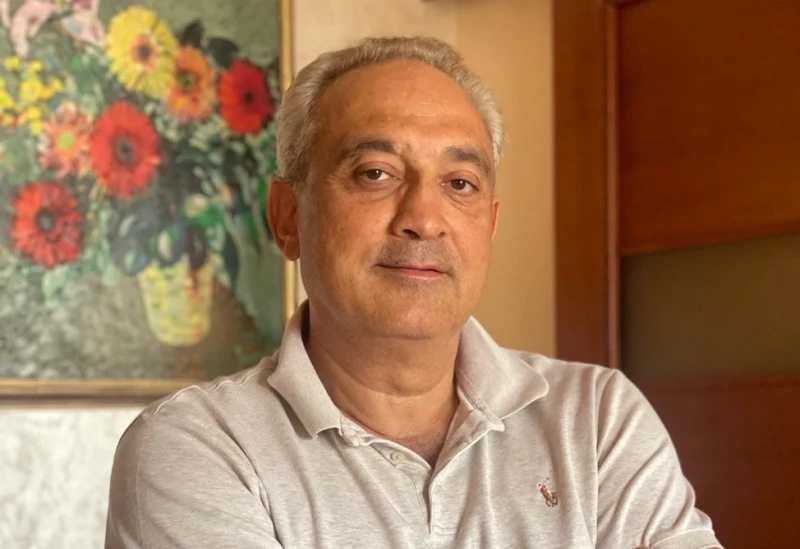«Քաղաքը պետք է կարդալ գրքի նման». ճարտարապետը՝ Երևանի հոգին պահպանելու մասին
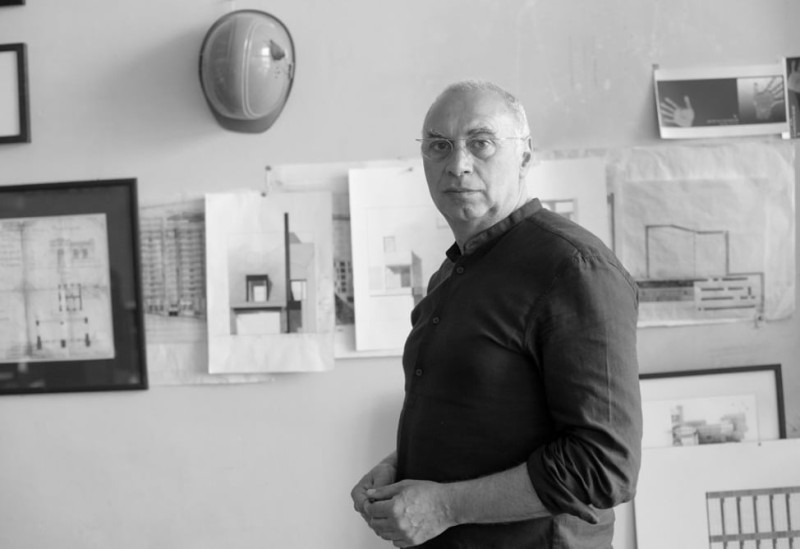
Ճարտարապետ Գարեգին Եղոյանը «Նովոստի-Արմենիային» պատմել է, թե ինչու է Երևանը «դժվար շնչում» երկարաժամկետ տեսլականի բացակայության և քաոսային կառուցապատման պատճառով
ԵՐԵՎԱՆ, 18 սեպտեմբեր․/Նովոստի Արմենիա/. Երևանը մի գիրք է, որտեղ յուրաքանչյուր շենք և փողոց դառնում է պատմության էջ։ Սակայն վերջին տասնամյակների ընթացքում այդ էջերից շատերն անդառնալիորեն պատռվել են. պատմական շենքերը քանդվել են, փոխարինվել միատեսակ բարձրահարկ շենքերով։ Ճարտարապետ Գարեգին Եղոյանը «Նովոստի-Արմենիային» պատմել է, թե ինչու է Երևանը «դժվար շնչում» երկարաժամկետ տեսլականի բացակայության և քաոսային կառուցապատման պատճառով։ Սակայն նա միաժամանակ հույս է հայտնել. ճարտարապետների նոր սերունդը մշակում է այլ մոտեցում, որտեղ հիմնական արժեքներն են մարդը, բնությունը և ներդաշնակ միջավայրը։
«Նովոստի-Արմենիա»․ Ձեր հարցազրույցներից մեկում դուք ասել եք, որ ճարտարապետի համար դժվար է հաջողության հասնել Հայաստանում: Ի՞նչն է խանգարում դրան, և ինչպե՞ս կարելի է փոխել իրավիճակը։
Գ. Եղոյան․ ճարտարապետության զարգացման համար անհրաժեշտ է տնտեսական հարթակ: Այժմ սոցիալական պատվեր չկա՝ Հայաստանում պատվիրատուի ինստիտուտը չի կայացել, շինությունները մեկը մյուսի կրկնությունն են: Եթե մեկը կառուցում է բնակելի համալիր, բոլորը սկսում են նույնն անել՝ համարելով այն շահութաբեր: Բայց եզակի նախագիծ պատվիրելով՝ բիզնեսն ավելի շատ շահույթ է ստանում: Հիմա արդեն սկսում են հասկանալ. երբ նախագծի վրա ճարտարապետ է աշխատում, դա լրացուցիչ դիվիդենտներ է բերում: Լավ ճարտարապետությամբ շինությունն ուշադրություն է գրավում, պահանջարկ ձևավորում: Ամեն ինչի կենտրոնում մարդն է, ոչ թե բետոնը կամ դեկորը:
«Նովոստի-Արմենիա»․ Երևանը շինարարական բում է ապրում, բայց բազմահարկ շենքերը քաոտիկ կերպով են «աճում»։ Արդյո՞ք քաղաքը չի կորցնում իր դիմագիծը։
Գ. Եղոյան․ քաղաքն օրգանիզմ է, որը պետք է զարգանա։ Բայց մենք որոշ չափով անտեսել ենք Երևանը։ Որպես ոչ հարուստ երկիր՝ փորձում էինք ներդրումներ ներգրավել բոլոր հնարավոր միջոցներով։ 1990-ականներին գումար ներգրավելու նպատակով թույլ տվեցինք, որ սրճարաններ կառուցվեն խոտածածկերի վրա։ Շինարարությունն իրականացվում էր ինտուիտիվ՝ առանց հաշվի առնելու տրանսպորտային հոսքը։ Հիմա խոշոր ներդրումների ժամանակն է, բայց, միևնուն է, քիչ են։ Այդ պատճառով որոշ շենքեր կառուցվում են չմտածված կերպով։ Մարդիկ աստիճանաբար տեղափոխվում են կենտրոնից՝ նախընտրելով արվարձանները, իսկ մենք դեռևս ունենք անորակ շինարարություն և բնակվելու համար ոչ հարմար տներ։
«Նովոստի-Արմենիա»․ Դուք զգուշացրել եք Երևանի «ճարտարապետական շերտերի» անհետացման մասին։ Ի՞նչ է սա նշանակում։
Գ. Եղոյան․ քաղաքը պետք է կարդալ գրքի նման։ Որքան այն հաստ է, այնքան ավելի հետաքրքիր է։ Երբ մենք էջեր ենք պատռում, պատմություններն ընդհատվում են։ Եթե դուք քայլում եք փողոցով և տեսնում եք 18-րդ, 19-րդ կամ 20-րդ դարերի շինություններ, իսկ հետո դրանք քանդվում են, նշանակում է, որ այդ էջերը պատռում են։ Հին շենքերը պետք է վերականգնվեն և հարմարեցվեն ներկա միջավայրին։ Որքան շատ են պատմական շերտերն, այնքան հարուստ է քաղաքը։ Նոր քաղաքներն այդքան էլ հարուստ չեն՝ դրանք ունեն միայն մեկ էջ։
«Նովոստի-Արմենիա»․ ստացվում է, որ Երևանում մենք արդեն գրեթե ամեն ինչ ոչնչացրել ենք...
Գ. Եղոյան․ Երևանում՝ այո։ Գրեթե ամեն ինչ։
«Նովոստի-Արմենիա» ․ գնահատեք Երևանի «ճարտարապետական տրամադրությունը» մեկից տասը բալային սանդղակով։
Գ. Եղոյան․ հավանաբար 5-6։
«Նովոստի-Արմենիա» ․ ի՞նչը կարող էր փոխել քաղաքի տեսքը։
Գ. Եղոյան․ խոսքը միայն շենքերի մասին չէ, այլ ամբողջ քաղաքային էկոհամակարգի։ Երևանը պետք է լինի մաքուր՝ լավ տրանսպորտային համակարգով։ Կլիման փոխվել է, քանի որ քաղաքը գոտևորող լանջերը, որոնք պետք է «օդափոխեին» որպես ամֆիթատրոն նախագծված կենտրոնը, այժմ գերկառուցված են։ Խոնավության և մաքուր օդի փոխարեն այնտեղից փոշի է գալիս։ Խախտվել է «քամիների վարդը» (քամու շրջապտույտը/շարժը, խմբ․) և էկոլոգիան։
«Նովոստի-Արմենիա» ․ կա՞ն, արդյոք, Հայաստանում տաղանդավոր երիտասարդ ճարտարապետներ։
Գ. Եղոյան․ իհարկե, կան։ Նրանցից մի քանիսն իմ ուսանողներն էին։ Հայաստանում արդեն ստեղծվել են ճարտարապետական արհեստանոցներ, որոնց անդամները սկզբունքային են իրենց տեսակետների հարցում։ Նրանք առաջադեմ երիտասարդներ են, ովքեր երազում են լավ ճարտարապետության մասին։ Նրանք շփվում են, մասնակցում են դասախոսությունների, հրավիրում միջազգային գործընկերների։ Նախկինում նման բան չկար։ Սա հույս է ներշնչում, որ պատշաճ ֆինանսավորման դեպքում կունենանք ժամանակակից մարդուն արժանի ճարտարապետություն։
«Նովոստի-Արմենիա»․ ինչպե՞ս համատեղել պատմական արժեքը ժամանակակից պահանջների հետ։
Գ. Եղոյան․ իմ սկզբունքն այն է, որ պետք չէ վերականգնել ամեն ինչ այնպես, ինչպես եղել է նախկինում։ Գյումրու Ամենափրկիչ եկեղեցու վերականգնման աշխատանքների ժամանակ մենք պարզապես քարե բեկորներ տեղադրեցինք պահպանված զարդանախշերի կողքին՝ մարդկանց ցույց տալու համար, թե իրականում ինչն է վերականգնվել։ Կան քաղաքներ՝ Լոնդոն, Կրակով, Պրահա, Հռոմ, որտեղ ժամանակակից ճարտարապետությունը շատ նրբագեղորեն է միահյուսվում։ Դրանք հարստացնում են միմյանց, ոչ թե մրցակցում իրար հետ։
«Նովոստի-Արմենիա»․ ո՞ր միտումներն են ձևավորելու հայկական քաղաքների տեսքը։
Գ․ Եղոյան․ ամբողջ աշխարհում աճում է վերականգնման, հին շենքերը նոր, ժամանակակից պահանջներին հարմարեցնելու միտումը։ Նույնը կլինի նաև Երևանում և Գյումրում։ Կան դատարկ շենքեր, որոնք պետք է վերանախագծվեն, ամրացվեն դրանց ճակատային հատվածները, բարելավվի հատակագիծը։
«Նովոստի-Արմենիա»․ պատմեք Goght Urban Valley քոթեջային թաղամասի նախագծի մասին։ Ինչպե՞ս եք ներգրավվել նախագծին։
Գ. Եղոյան․ մենք շփվեցինք նախագծի նախաձեռնողների հետ։ Ես ներկայացրեցի իմ և իմ ճարտարապետական ստուդիայի աշխատանքները՝ ուրվագծելով տեսլականս։ Գողթի թաղամասը պետք է լինի նորարարական, որպեսզի այնտեղ մարդիկ ապրեն բոլորովին այլ կյանքով, քան կապրեին գյուղում կամ քաղաքում։ Բնությունը պետք է մեծ դեր խաղա մարդկանց կենցաղում, իսկ տները պետք է լինեն ժամանակակից, ընդարձակ, լուսավոր՝ կառուցված հասանելի տեղական նյութերից։
«Նովոստի-Արմենիա» ․ ի՞նչ նորարարական լուծումներ եք առաջարկում Goght Urban Valley-ի համար։
Գ. Եղոյան․ օգտագործում ենք օրիգինալ, պրոֆեսիոնալ լուծումներ, ինչպիսիք են կանաչ տանիքները, որոնք ապահովում են լավ մեկուսացում թե՛ շոգից, թե՛ ցրտից։ Մեր աշխատանքում օգտագործվում է մեծ քանակությամբ մետաղ և բետոն, որոնք ունեն յուրահատուկ պլաստիկություն։
Աշխատում ենք մաքսիմալ չխառնվել լանդշաֆտին, պահպանելով ծառերը, ռելիեֆը, օգտագործում ենք տեղական քար։ Չնայած թաղամասը կունենա ժամանակակից ընտանիքի համար անհրաժեշտ բոլոր ենթակառուցվածքները, այն կլինի խաղաղ և հանգիստ։ Թաղամասը գտնվում է ծիրանի այգում։ Գարնանն այն կշլացնի ծաղկող ծիրանենիների գեղեցկությամբ և նուրբ բույրով, ամռանը կապահովի զովություն, աշնանը կհմայի ոսկեգույն և կարմիր երանգներով, իսկ ձմռանը՝ ձյունե երևակայությամբ։ Կուզենայի, որպեսզի Goght Urban Valley-ի բնակիչները մշտական կապի մեջ լինեն բնության հետ և հետևեն բոլոր կերպարանափոխություններ։ Մեր գլխավոր նպատակն է չվնասել բնությանը, այլ հարմարվել նրան։
Աղբյուր՝ https://newsarmenia.am/am/news/interview/qaghaqe-petq-e-kardal-grqi-nman-tchartarapete-erevani-hogin-pahpanelu-masin-foto/
